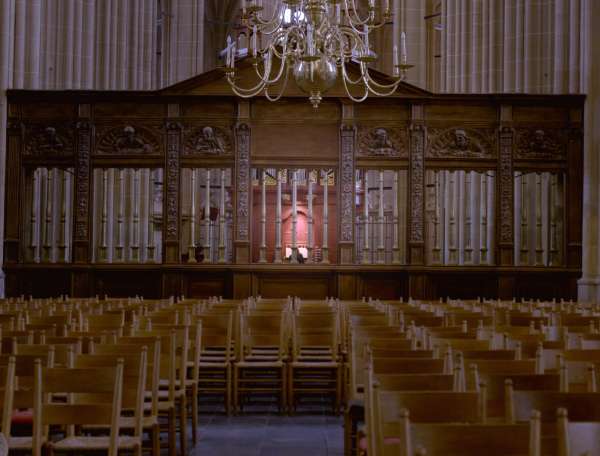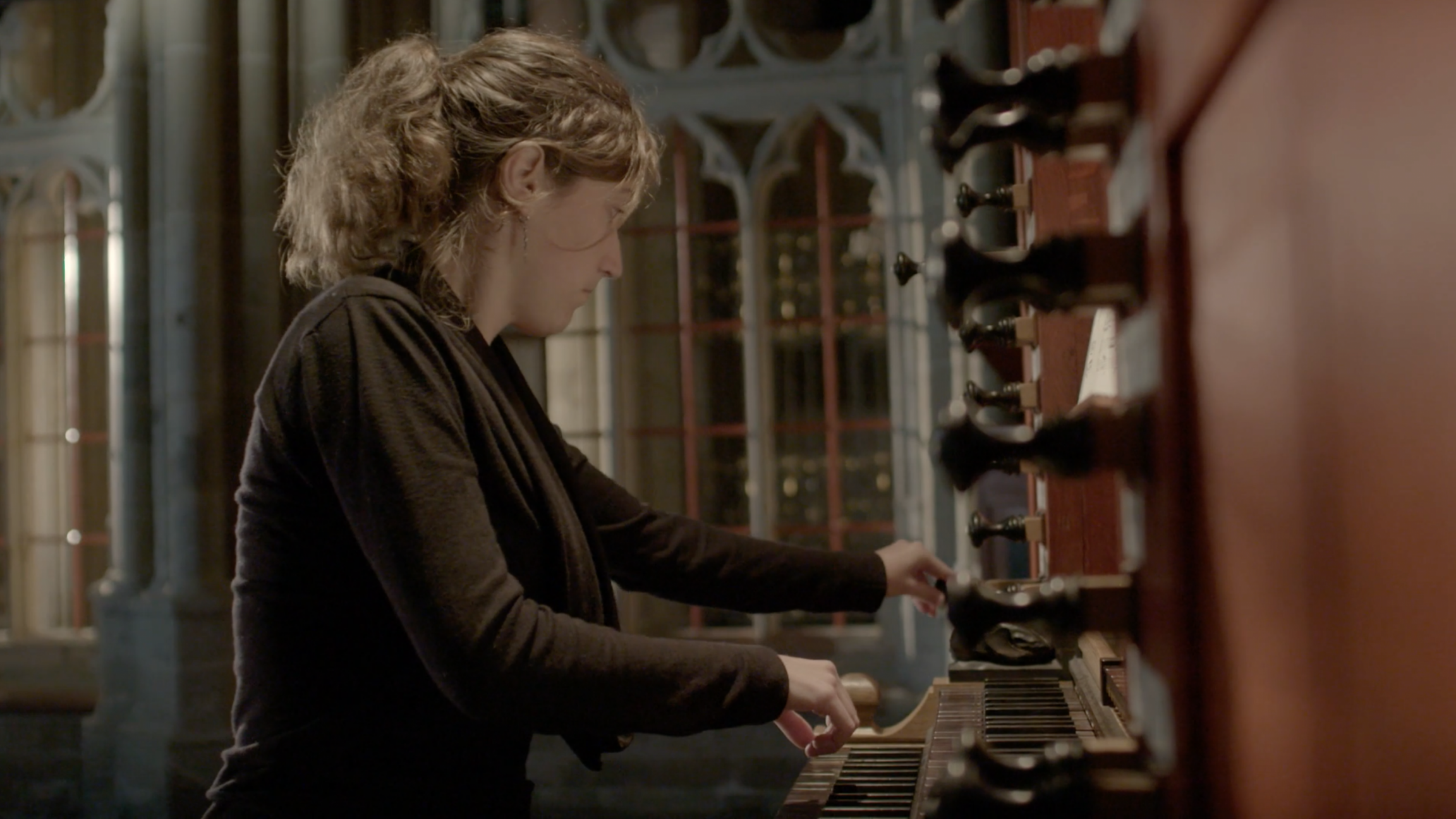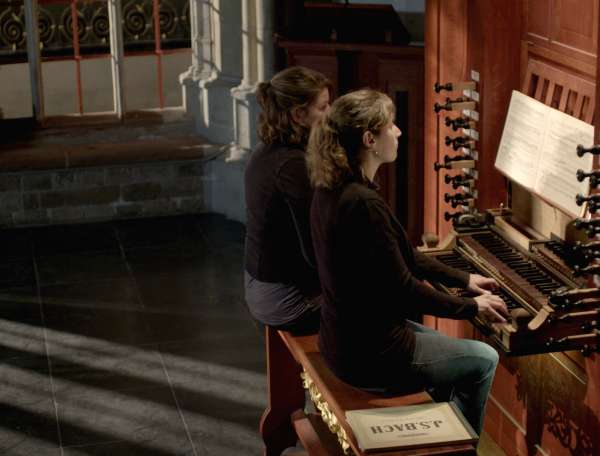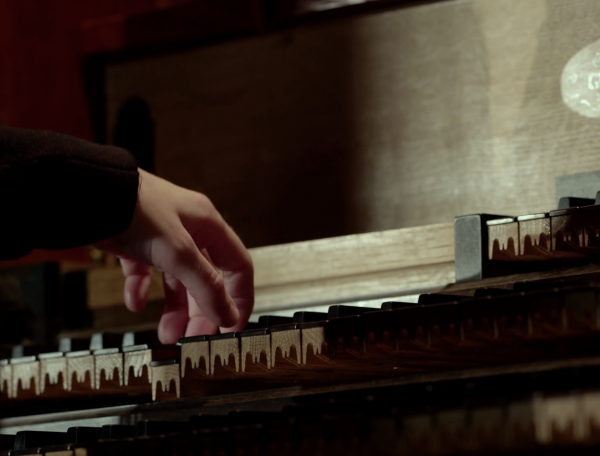

Wer nur den lieben Gott lässt walten
BWV 691 performed by Dorien Schouten
Bovenkerk, Kampen
Behind the music
Simple faith
A popular chorale becomes an exercise in ornamentation
‘Wer Gott, dem Allerhöchsten, traut, der hat auf keinen Sand gebaut’ is the closing line of Georg Neumark’s first verse of his popular chorale, published in 1641. It is a simple message, which is reflected equally simply in Bach’s musical arrangement. Although we do not know for certain (we know very little for certain about Bach’s organ works), there is probably a didactic plan concealed in this short work, as Wer nur den lieben Gott lässt walten appears not only in the Kirnbergerschen Sammlung from which it derives its catalogue number, but also prior to that in the ‘keyboard booklets’ for Wilhelm Friedemann (early 1720s) and Anna Magdalena (1725). The first source, in particular, is of interest with regard to this piece.
Soon after Bach’s son turned 9, his father started on a book that filled up with music over the years. It became a series of remarkable pieces that were not too difficult and which each focused on a specific element of keyboard playing. This chorale arrangement became an exercise in ornamentation, and it includes most of the ornaments listed in the table at the front of the book. This allows us to glimpse Bach’s many ways of bringing a melody to life – a tradition that we unfortunately apply only sparsely to his less explicitly ornamented music.
Continuing the example of French music, which was notated in very specific detail, Bach added sparkling ornamentation to the flamboyant melody. And so as not to distract the listener or the pupil, he kept the left-hand accompaniment simple. A manual performance (using only the hands and no pedal) on two keyboards would be a natural conclusion, although this piece is just as endearing on harpsichord, or even better on clavichord – the ideal home instrument of the Baroque.
Kirnbergerschen Sammlung, BWV 690-713
Bach cherished a great many of his compositions, ensuring that they were collected or recycled, and – if at all possible – published. But there are also pieces that missed the boat, such as the twenty-four early organ compositions now known as the Kirnbergerschen Sammlung. We owe the survival of these works to Bach’s pupil Johann Kirnberger, who collected twenty-four organ compositions, among other pieces, following the death of his master. The most striking thing about this collection is its lack of cohesion. The only similarity between the works is that they probably all date from the period before 1710.
- BWV
- 691
- Title
- Wer nur den lieben Gott lässt walten
- Instrument
- organ
- Genre
- organ works
- Serie
- Kirnbergerschen Sammlung (organ), Notenbüchlein für Anna Magdalena Bach, Klavierbüchlein für Wilhelm Friedemann Bach
- Year
- before 1710?
- City
- Weimar, Köthen
Vocal texts
Original
Translation
Credits
-
- Release date
- 16 September 2016
-
- Recording date
- 1 October 2015
-
- Location
- Bovenkerk, Kampen
-
- Organist
- Dorien Schouten
-
- Organ
- Reil choir organ
-
- Film directors
- Jan Van den Bossche, Hanna Schreuders
-
- Camera
- Maarten van Rossem, Gijs Besseling
-
- Music production, editing and mix
- Guido Tichelman
-
- Film editor and interview
- Gijs Besseling
-
- Producer
- Jessie Verbrugh
Discover
Help us to complete All of Bach
There are still many recordings to be made before the whole of Bach’s oeuvre is online. And we can’t complete the task without the financial support of our patrons. Please help us to complete the musical heritage of Bach, by supporting us with a donation!

